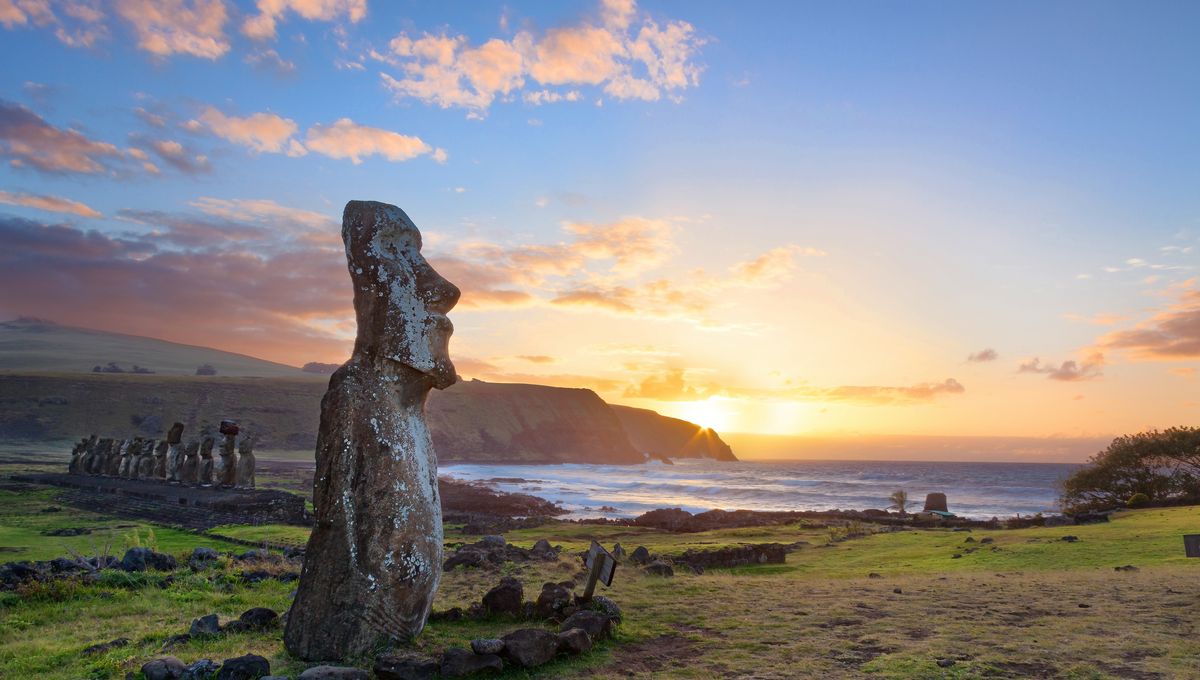
In the remote soils of Easter Island, beneath its towering stone statues, scientists stumbled upon a bacterium that would change medicine forever and sparked the creation of a multi-million-dollar drug.
The rest of this article is behind a paywall. Please sign in or subscribe to access the full content.
Rapamycin, also known clinically as sirolimus, is a powerful immunosuppressant widely used in modern medicine. Best known for its role in organ transplantation, the drug helps patients avoid rejection by dampening the body’s natural immune response.
It has a host of other applications too, including the treatment of certain cancers, and shows some therapeutic potential for neurological disorders. There’s even evidence to suggest it is a universal anti-aging drug, with the possibility of extending lifespan (at least of mice and yeast strains in labs).
The drug’s vast potential is reflected by its market value. Sirolimus was worth $328 million globally in 2024, but some projections suggest it could surpass $522 million by 2033.
Despite this vast fame and fortune, the drug had very humble beginnings. It first emerged in 1964 when a scientific voyage, called the Medical Expedition to Easter Island, was sent from Canada to the mysterious island in the Pacific known as Rapa Nui (or Easter Island).
They weren’t there to study the island’s iconic moai statues, but to survey its biosphere. At the time, the proposed construction of an airport threatened to expose one of the world’s most remote human communities to invasive species and foreign pathogens. The team aimed to document the island’s unique ecosystem before it could be irrevocably altered.
Among their finds was a bacterium isolated from the soil samples called Streptomyces hygroscopicus. It was found to pump out several chemical compounds or enzymes, including one isolated for the first time in 1972 called rapamycin that held antibacterial and antifungal properties.
With further work, even more properties of rapamycin become apparent. Its “magic” lies in its ability to inhibit a protein called mTOR (mechanistic target of rapamycin), which plays a central role in regulating cell growth, metabolism, and immune responses.
By dialing down mTOR activity, rapamycin suppresses the immune system, which makes it invaluable for preventing organ rejection. But that same mechanism also slows cell aging, reduces inflammation, and shows promise in fighting certain cancers.
However, very little credit is ever given to Easter Island, which some scientists believe is unfair. Ted Powers, a professor of molecular and cellular biology at UC Davis, has worked extensively with rapamycin in his research, and he believes that the drug should be used to benefit medicine while acknowledging and respecting the island’s contribution.
“I would like for the scientific community to give something back,” he said in May 2025. “The important thing is to start a dialog, to listen to what the Rapa Nui hope to achieve and work with them,” he added.
Source Link: In The Soil Of Easter Island, Scientists Found An Anti-Aging Drug That Changed Medicine Forever